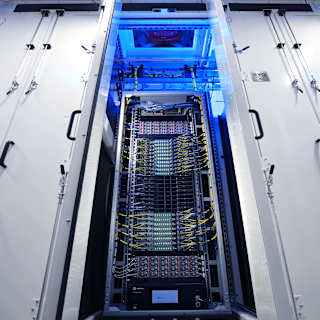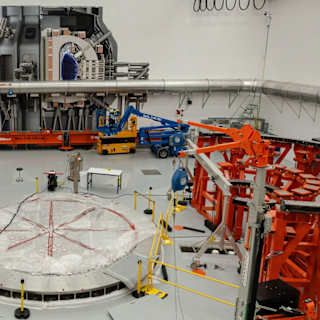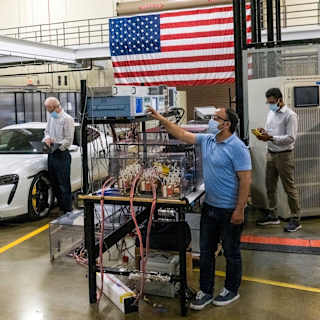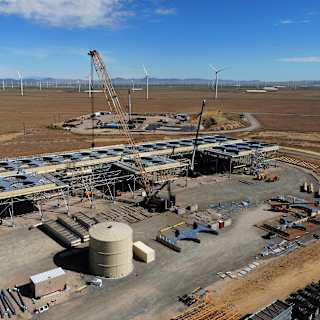- Market Opportunity Meets Infrastructure Challenge
- Building on Recycling Foundation
Redwood Materials, the battery recycling company founded by former Tesla executive JB Straubel, unveiled Thursday a new business line that repurposes used electric vehicle batteries to power artificial intelligence data centers, addressing the surging energy demands of AI infrastructure while extending the life of retired EV batteries.
The company launched Redwood Energy with its first deployment already operational: a microgrid using 805 retired EV batteries to power a 2,000-GPU data center for AI infrastructure firm Crusoe in Nevada's high desert. The system generates 12 megawatts of power with 63 megawatt-hours of storage capacity, making it the largest second-life battery deployment worldwide and North America's largest off-grid data center.
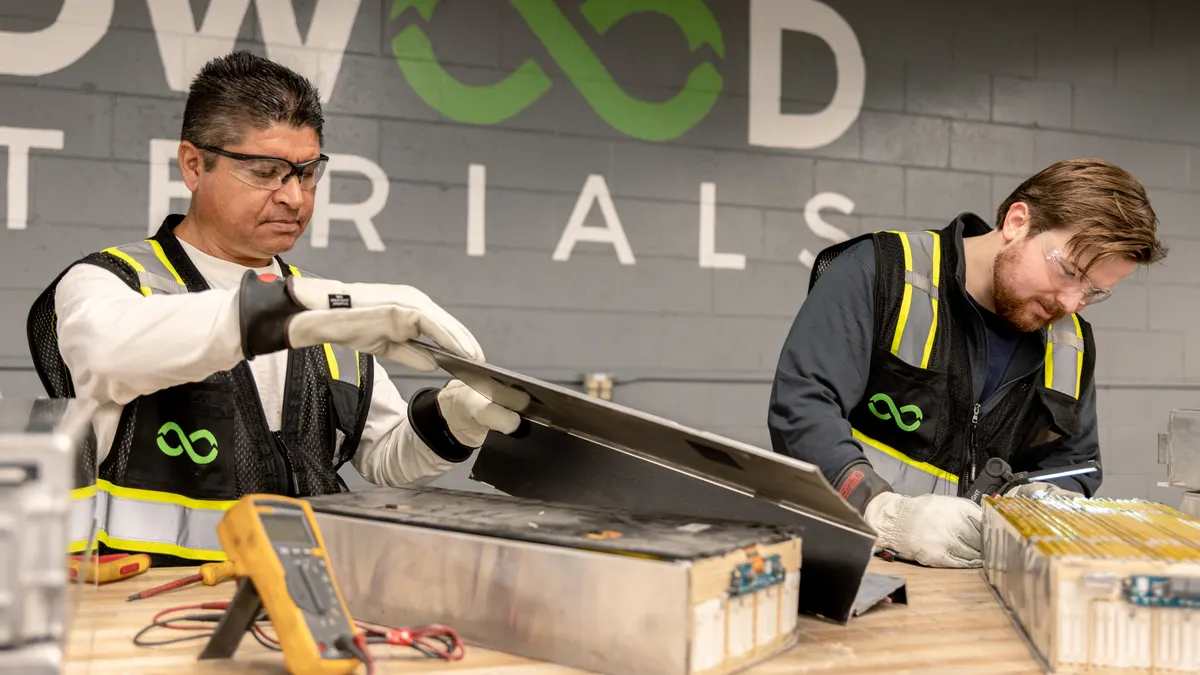
The timing reflects the collision of two trends: exploding AI energy demands and a growing supply of retired EV batteries that retain substantial capacity. Most EV battery packs still hold 50% to 80% of their original capacity when retired from vehicles, making them viable for stationary energy storage1.
"We're excited about this new business line," said Chris Evdaimon, an investment manager at Baillie Gifford, a major Redwood backer, citing "great timing" and "potentially a cash-generative business from the beginning"1.
Data centers are projected to consume 536 terawatt-hours globally in 2025, roughly 2% of worldwide electricity consumption, according to Deloitte predictions2. AI operations alone could consume over 40% of critical data center power by 2026, with AI data centers' annual consumption expected to reach 90 terawatt-hours by 20262.
Redwood processes more than 20 gigawatt-hours of used lithium-ion batteries annually, representing about 250,000 EVs and 90% of lithium-ion batteries recycled in North America12. The company has stockpiled more than 1 gigawatt-hour worth of batteries in inventory, with another 4 gigawatt-hours expected in coming months3.
"There's no green intent required here," said CTO Colin Campbell during a tour of the microgrid, according to TechCrunch. "It's a good economic choice that also happens to be carbon free"3.
The company expects to deploy 20 gigawatt-hours of second-life battery storage by 20281. Over 5 million EVs on U.S. roads represent 350 gigawatt-hours of latent energy storage capacity, growing by 150 gigawatt-hours annually1.
Jessica Dunn, a battery expert at the Union of Concerned Scientists, told TechCrunch the move demonstrates "where this end of life market will go," noting that repurposing shows "how economical the waste hierarchy actually is"3.
